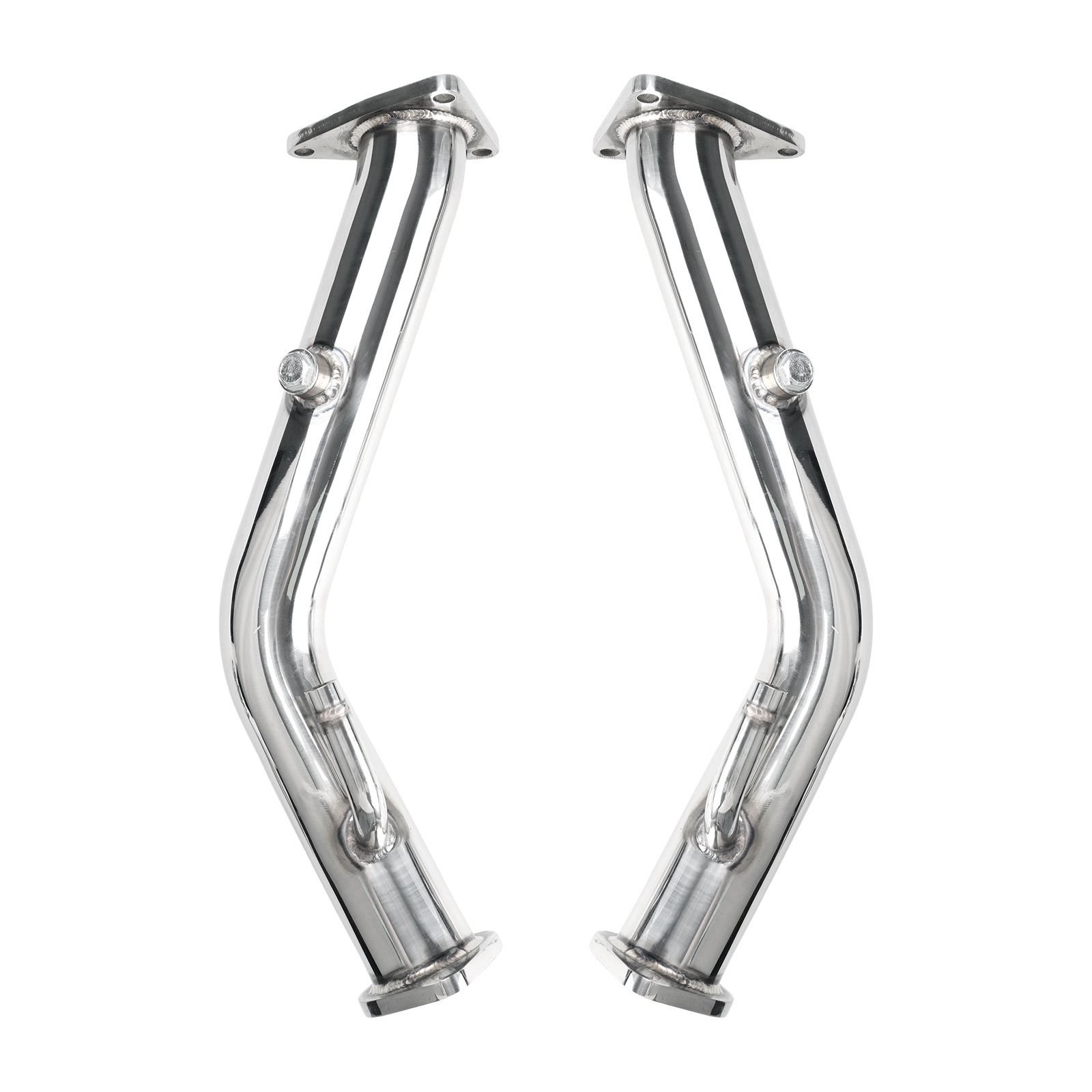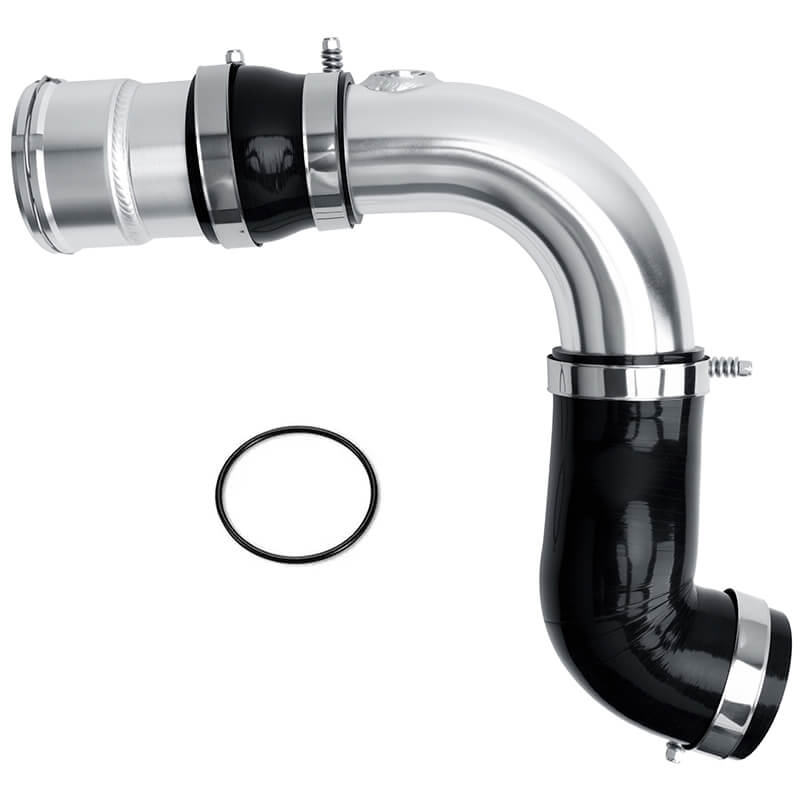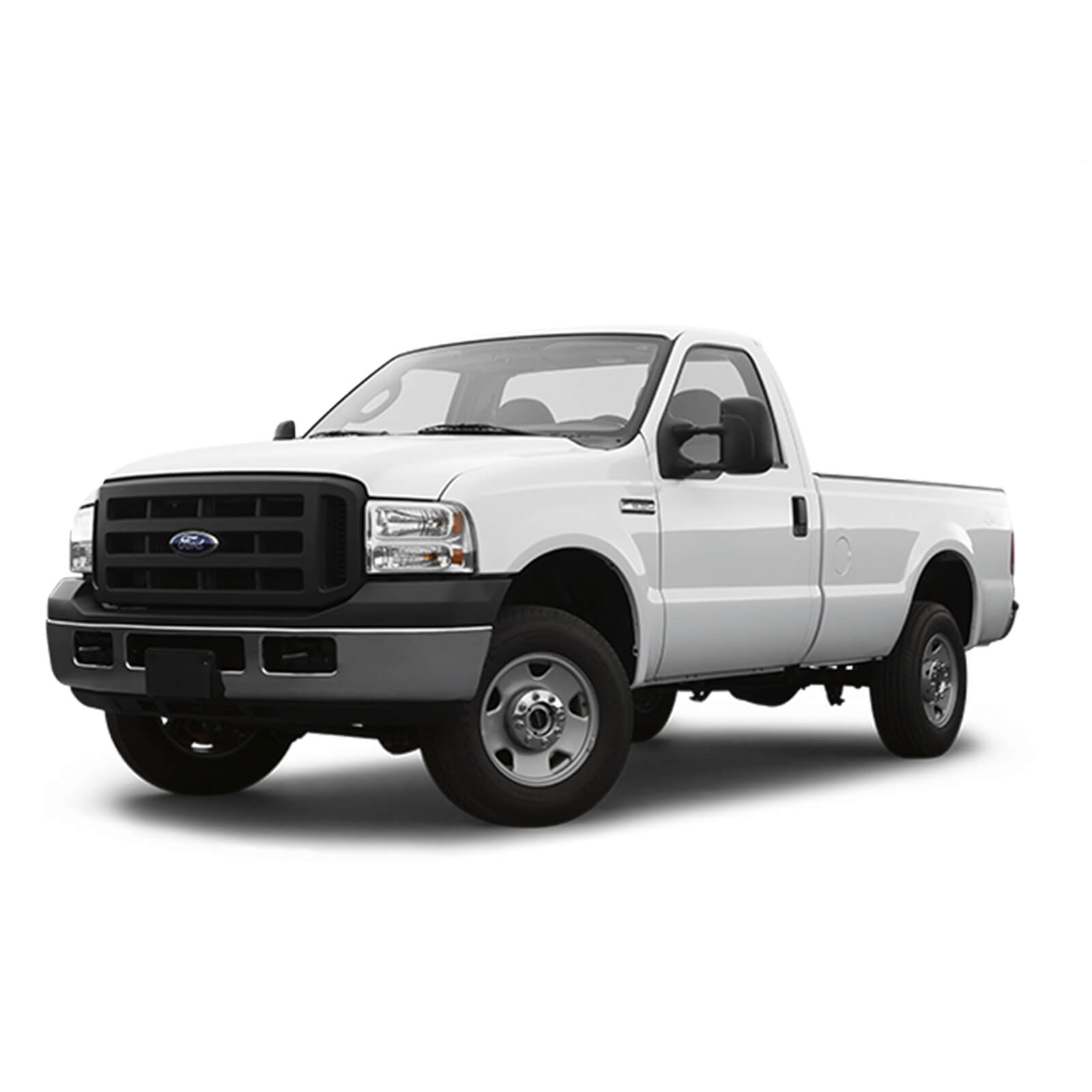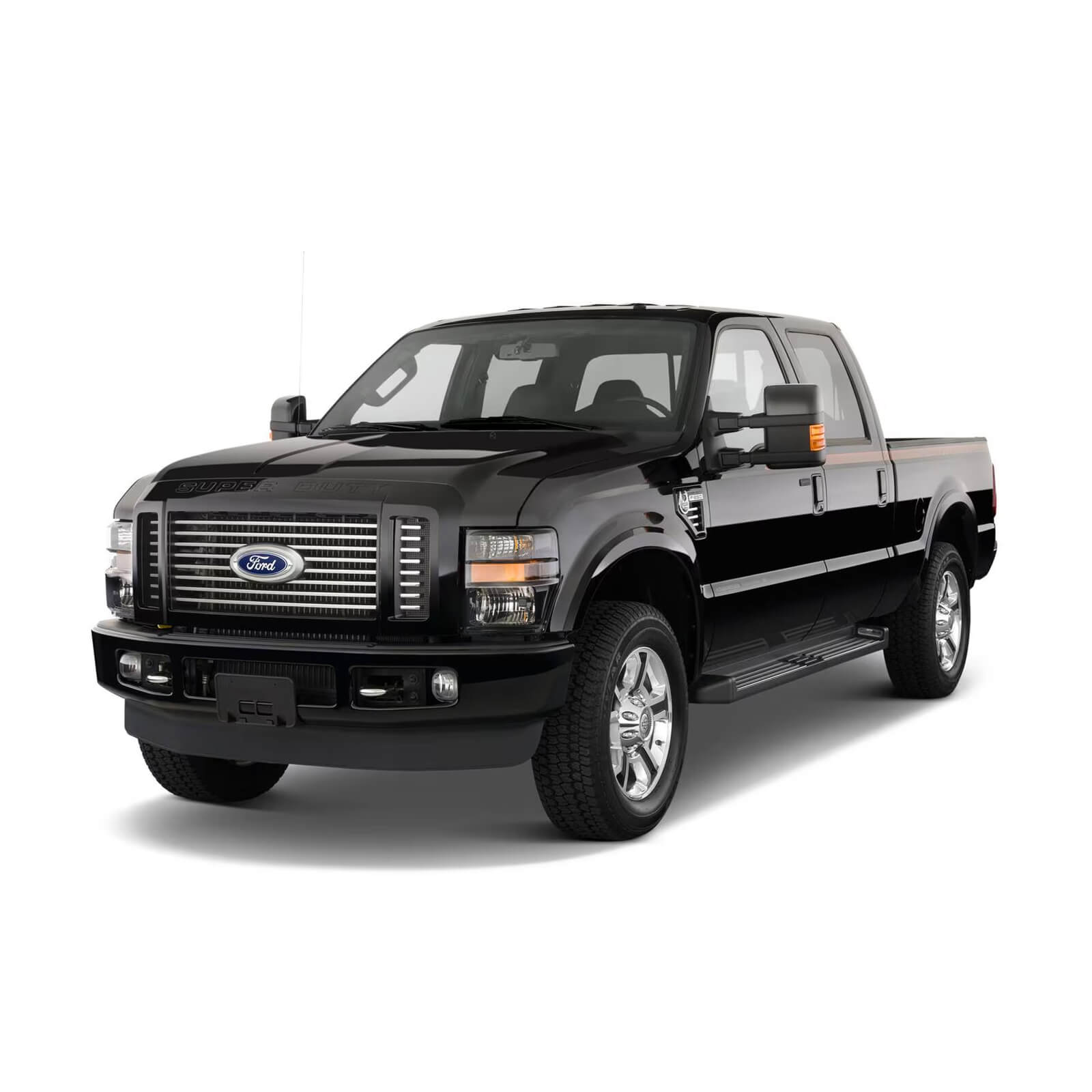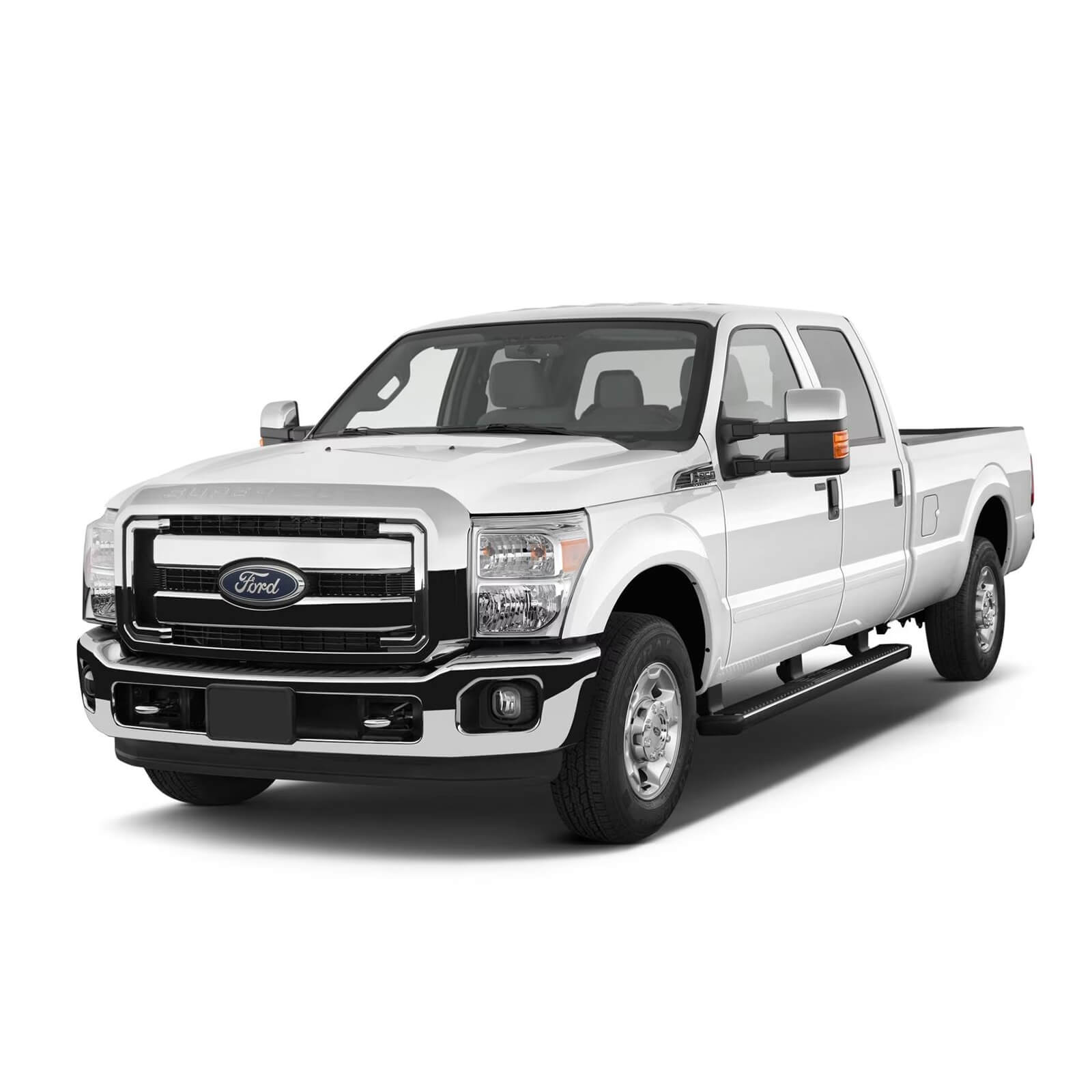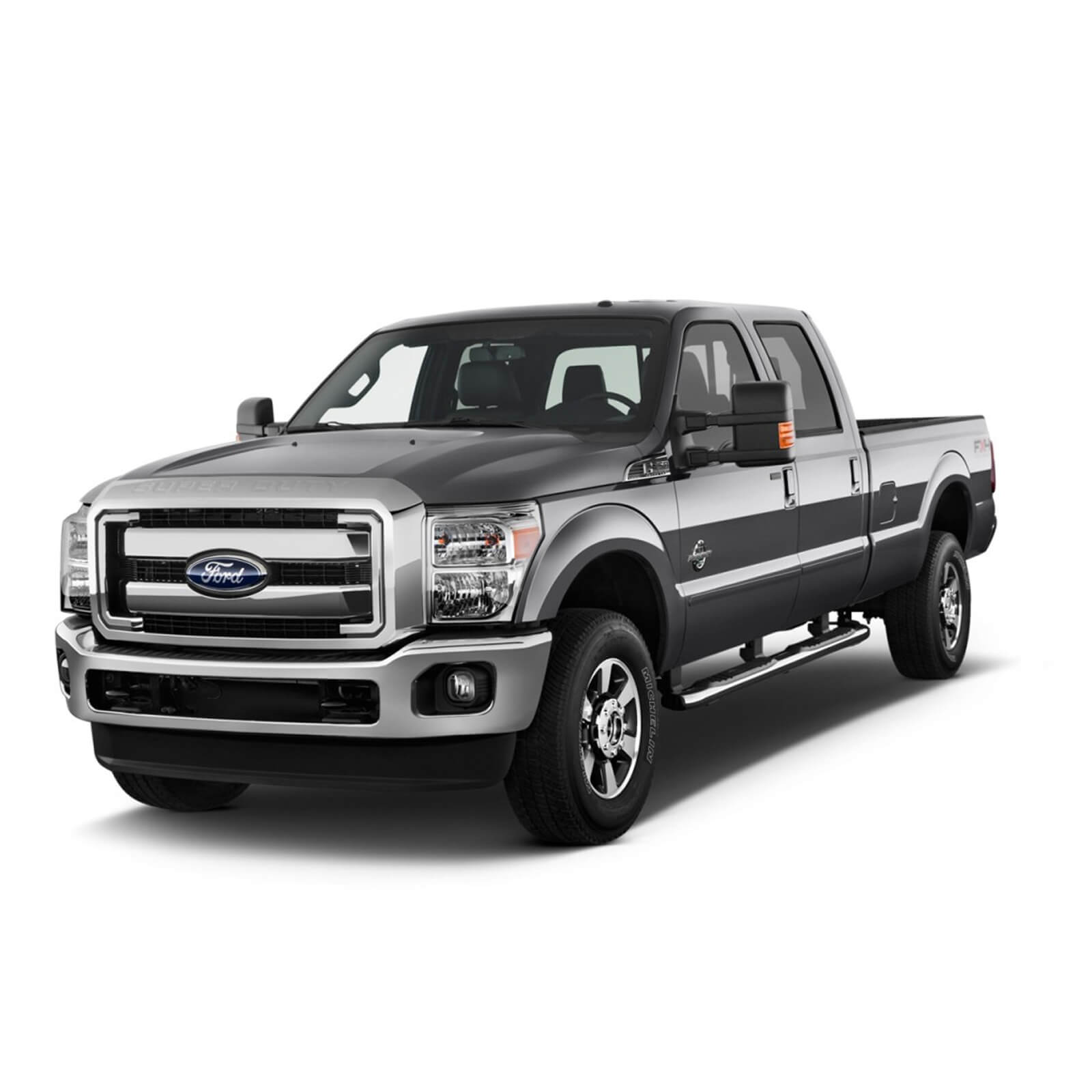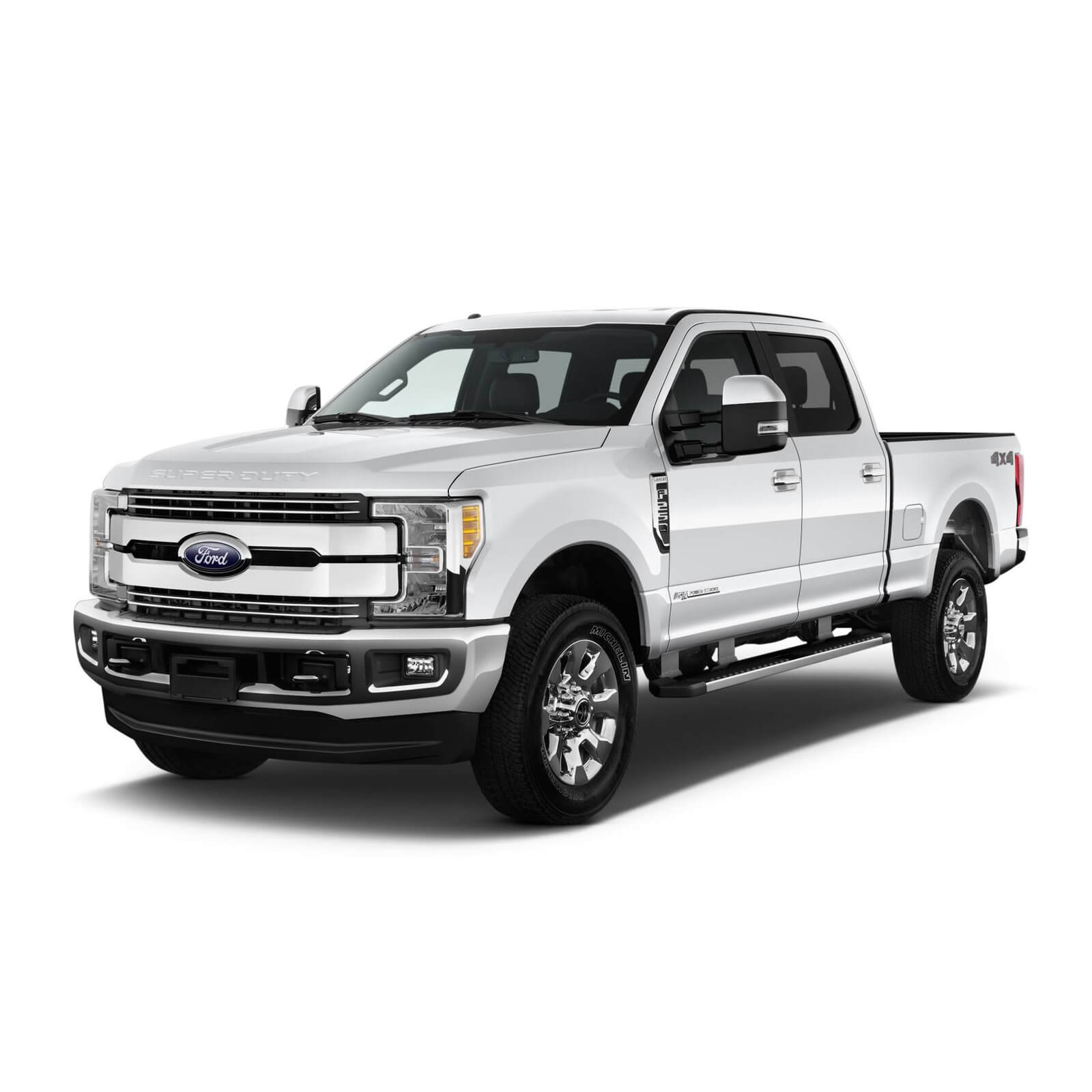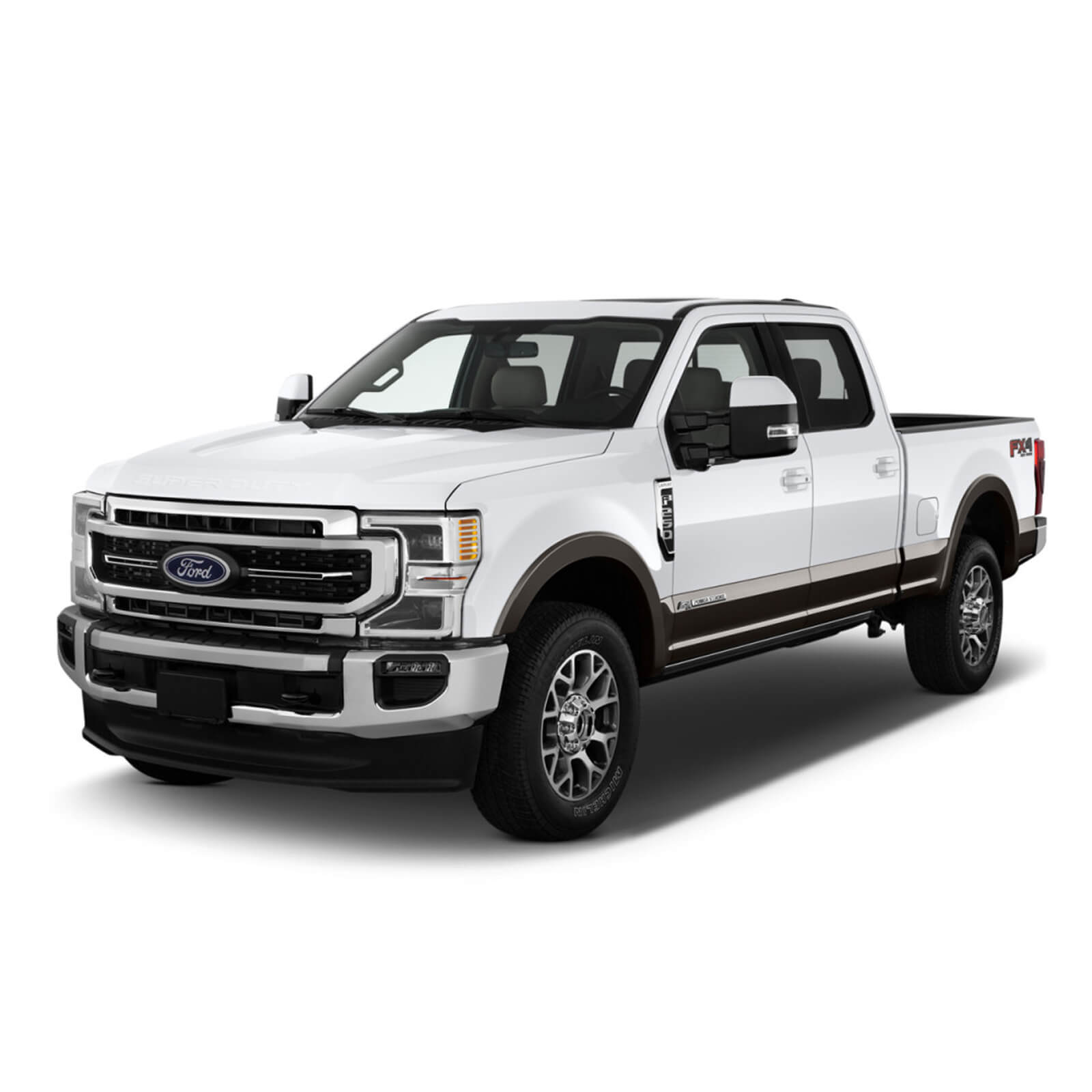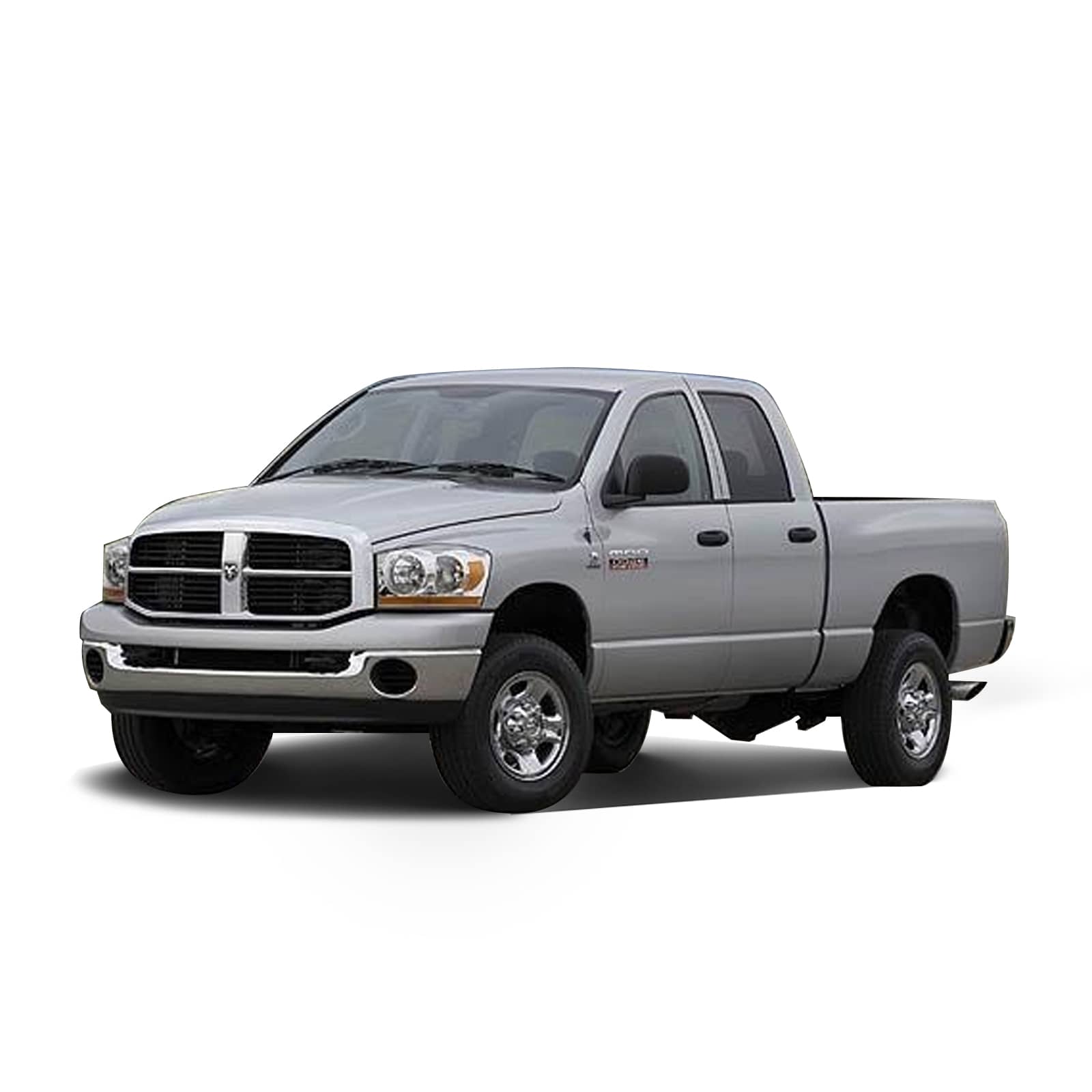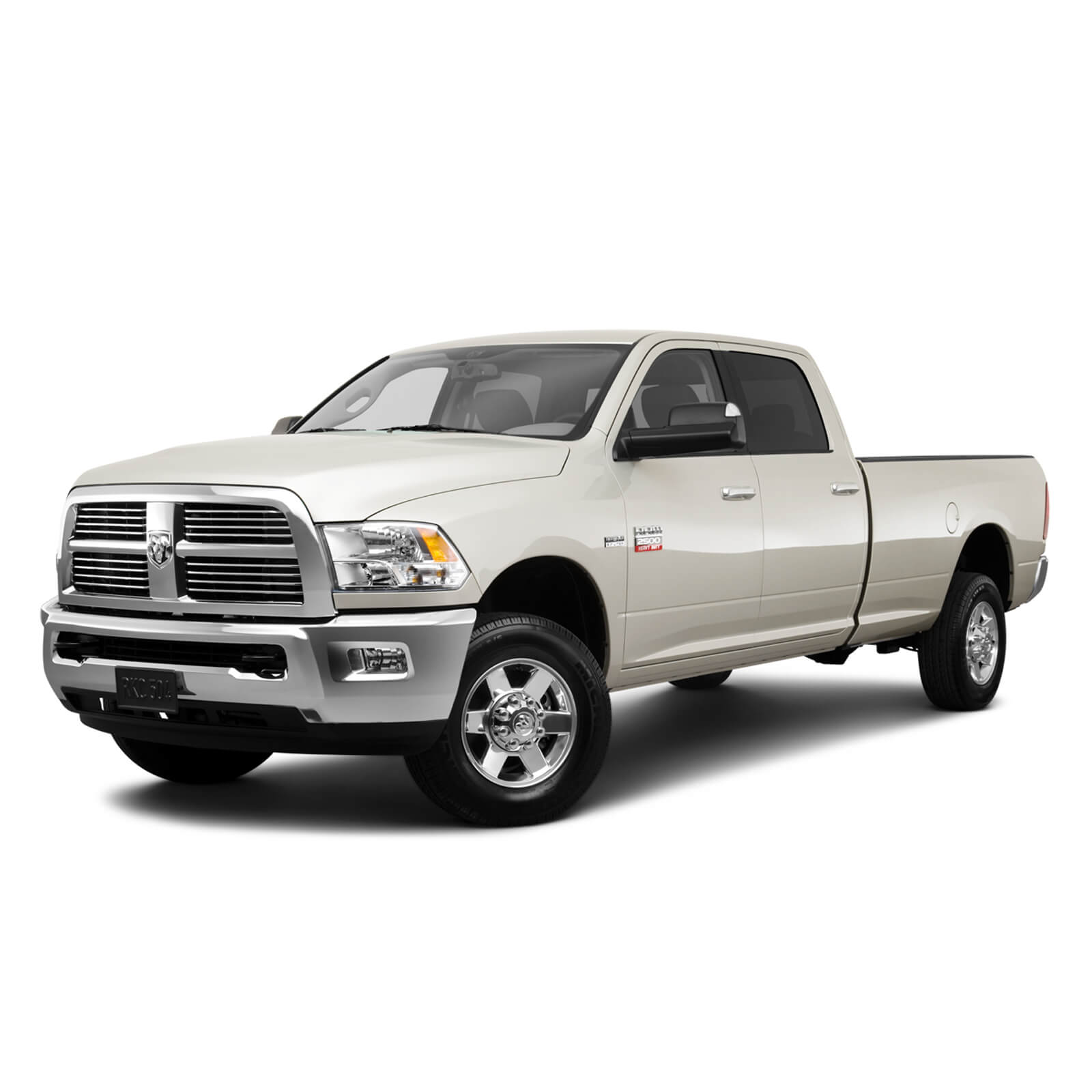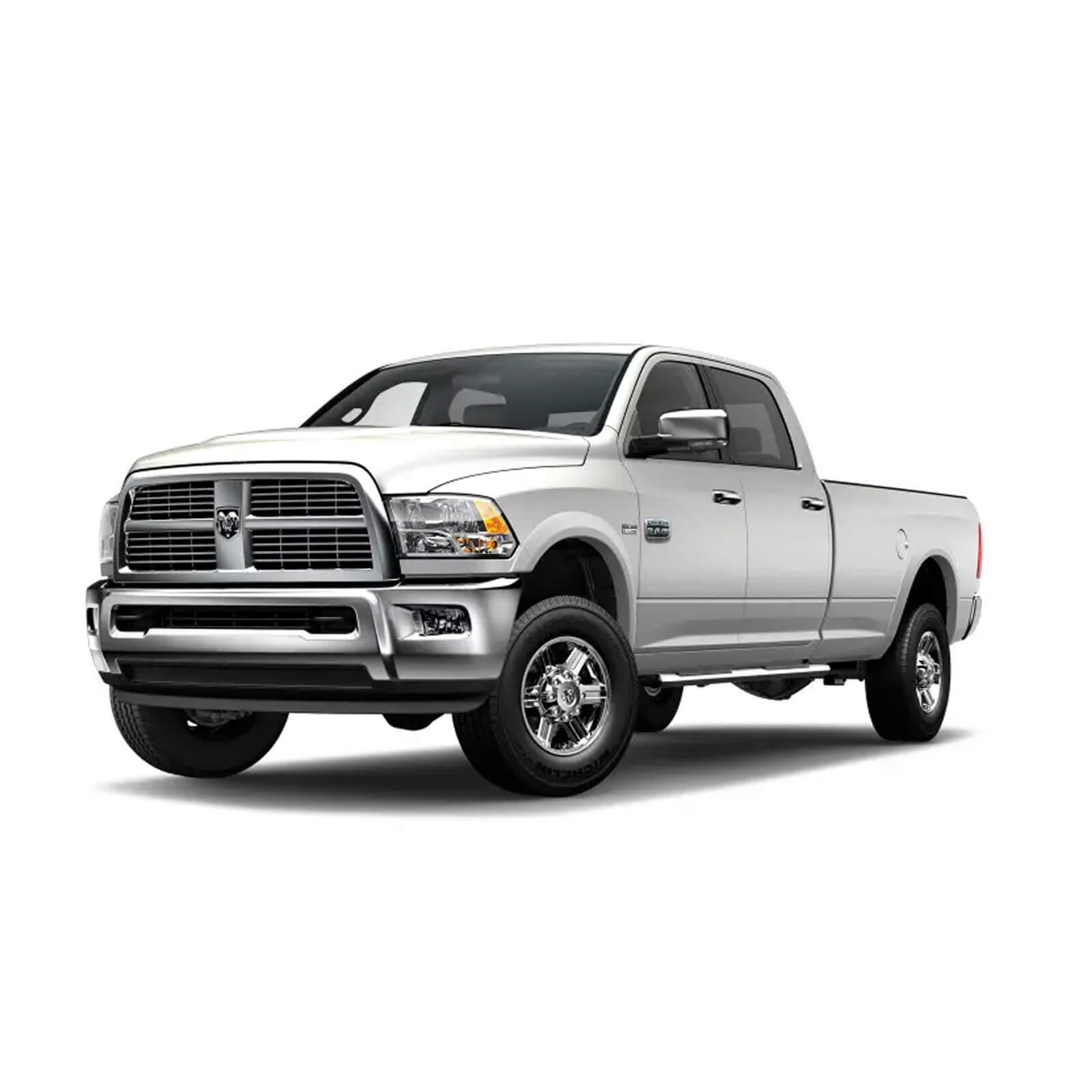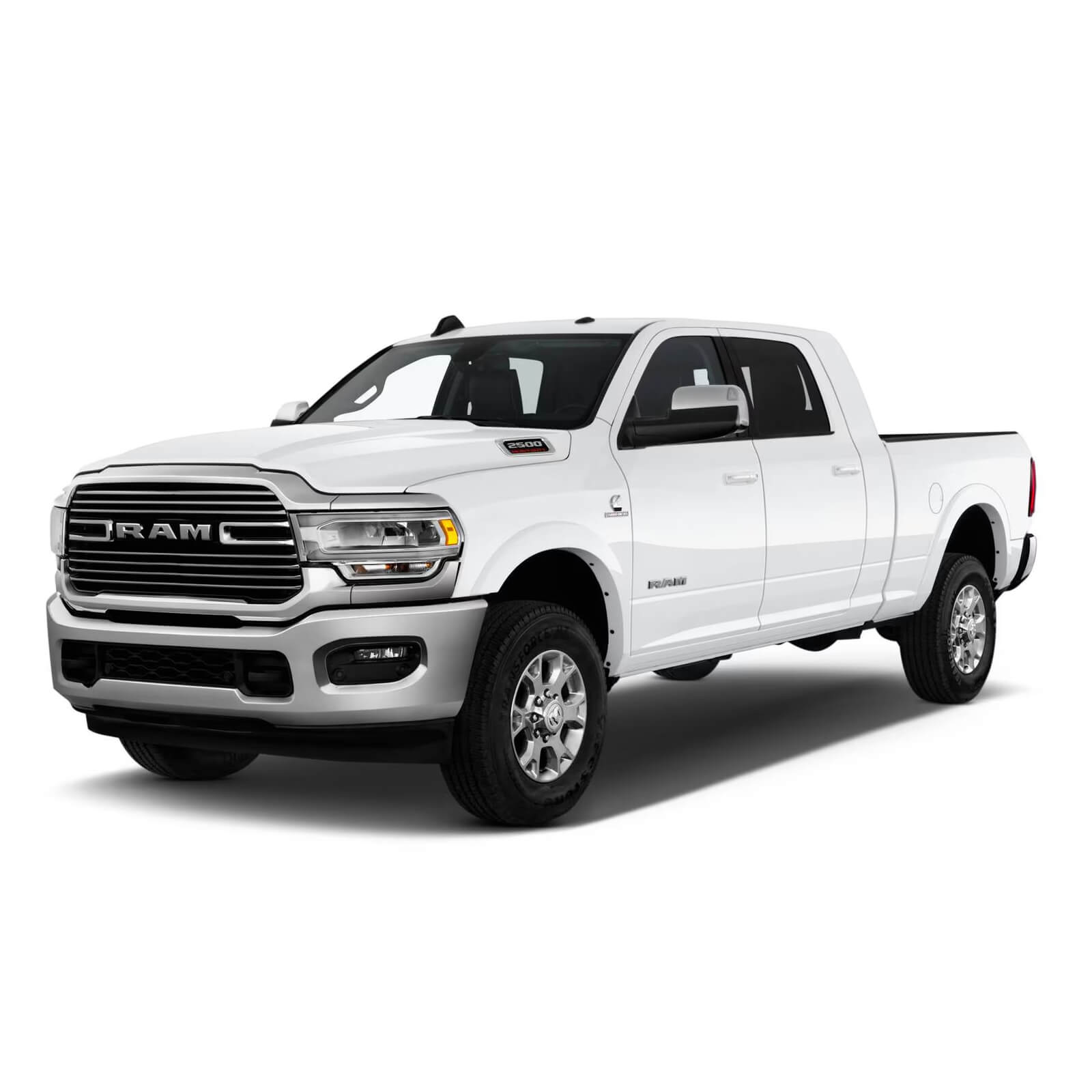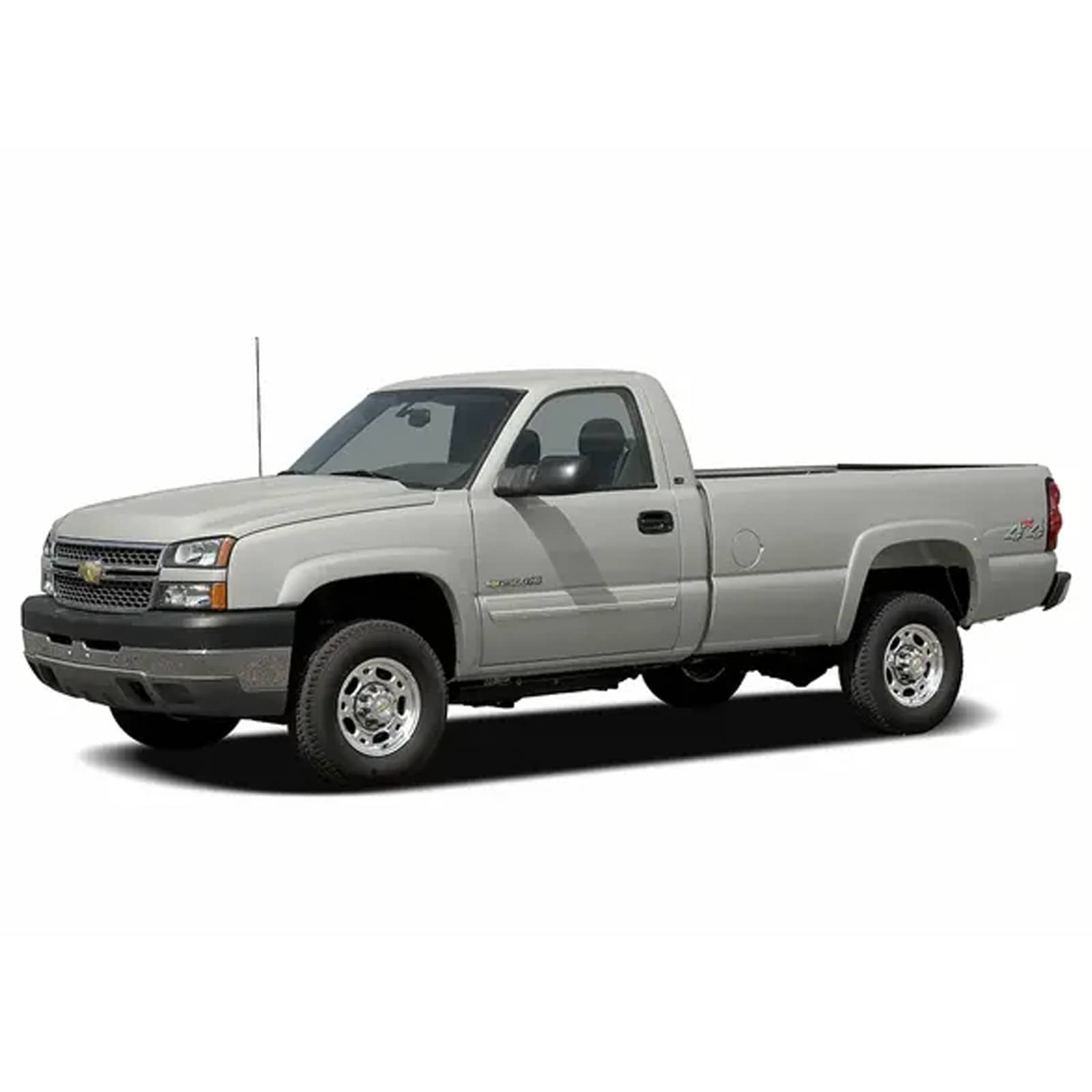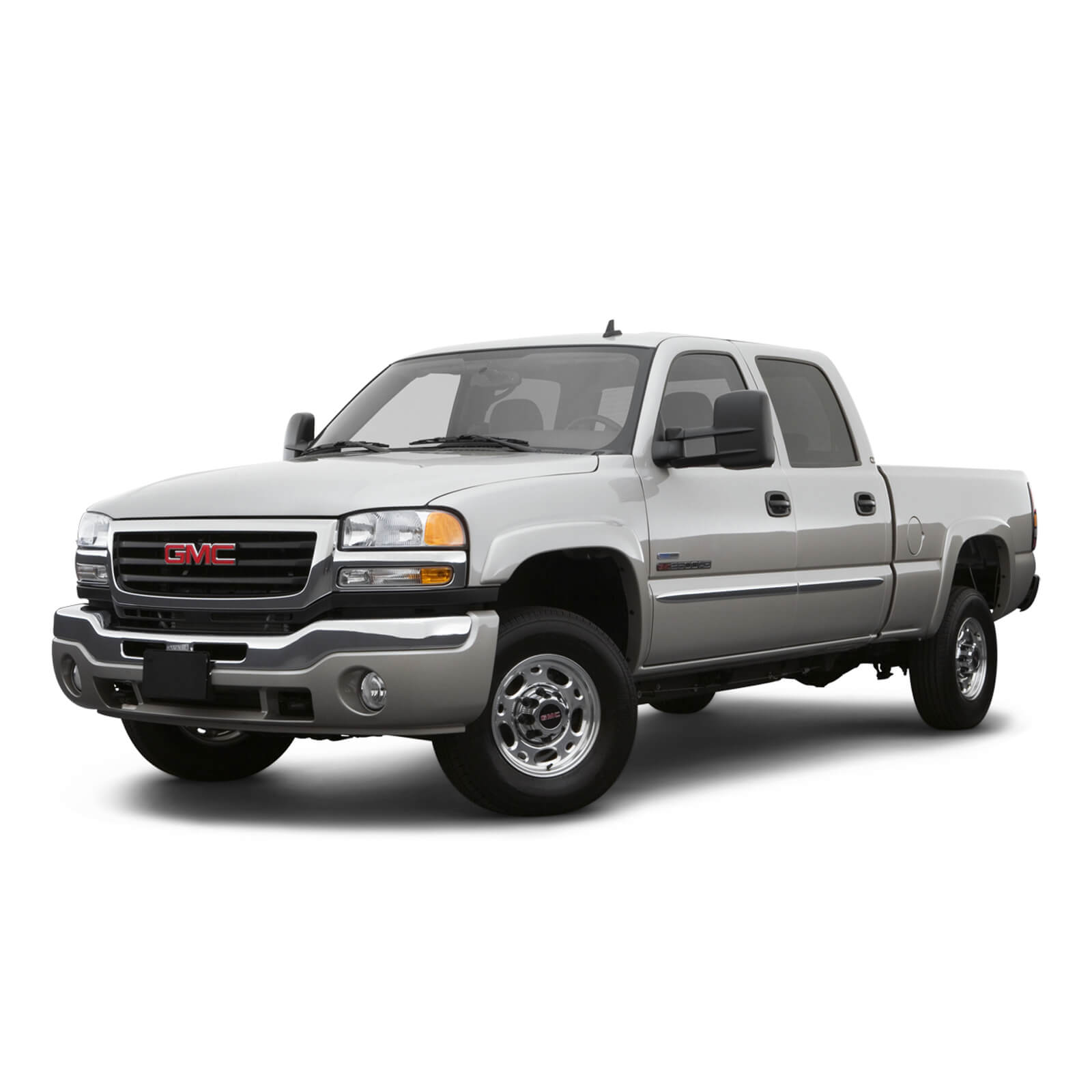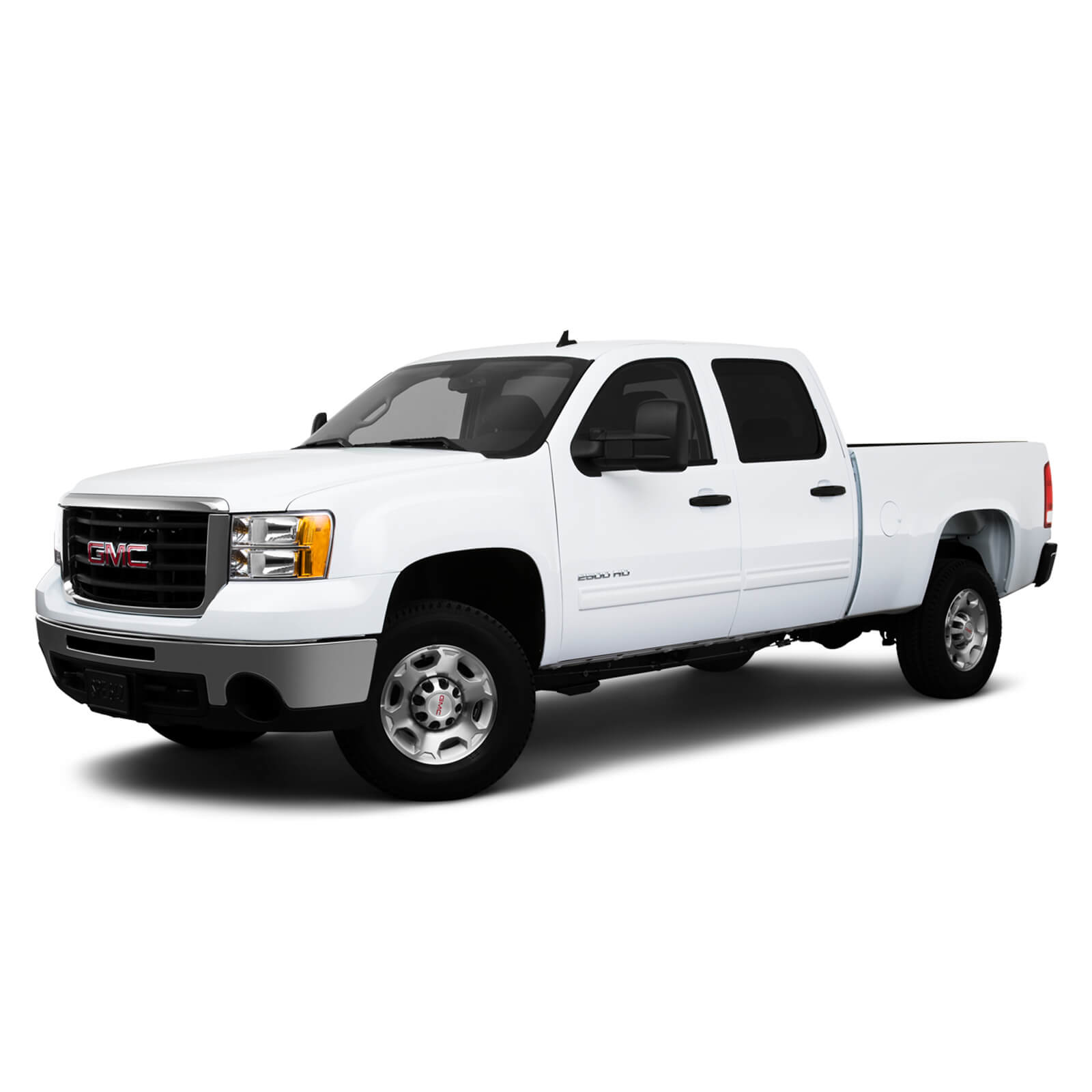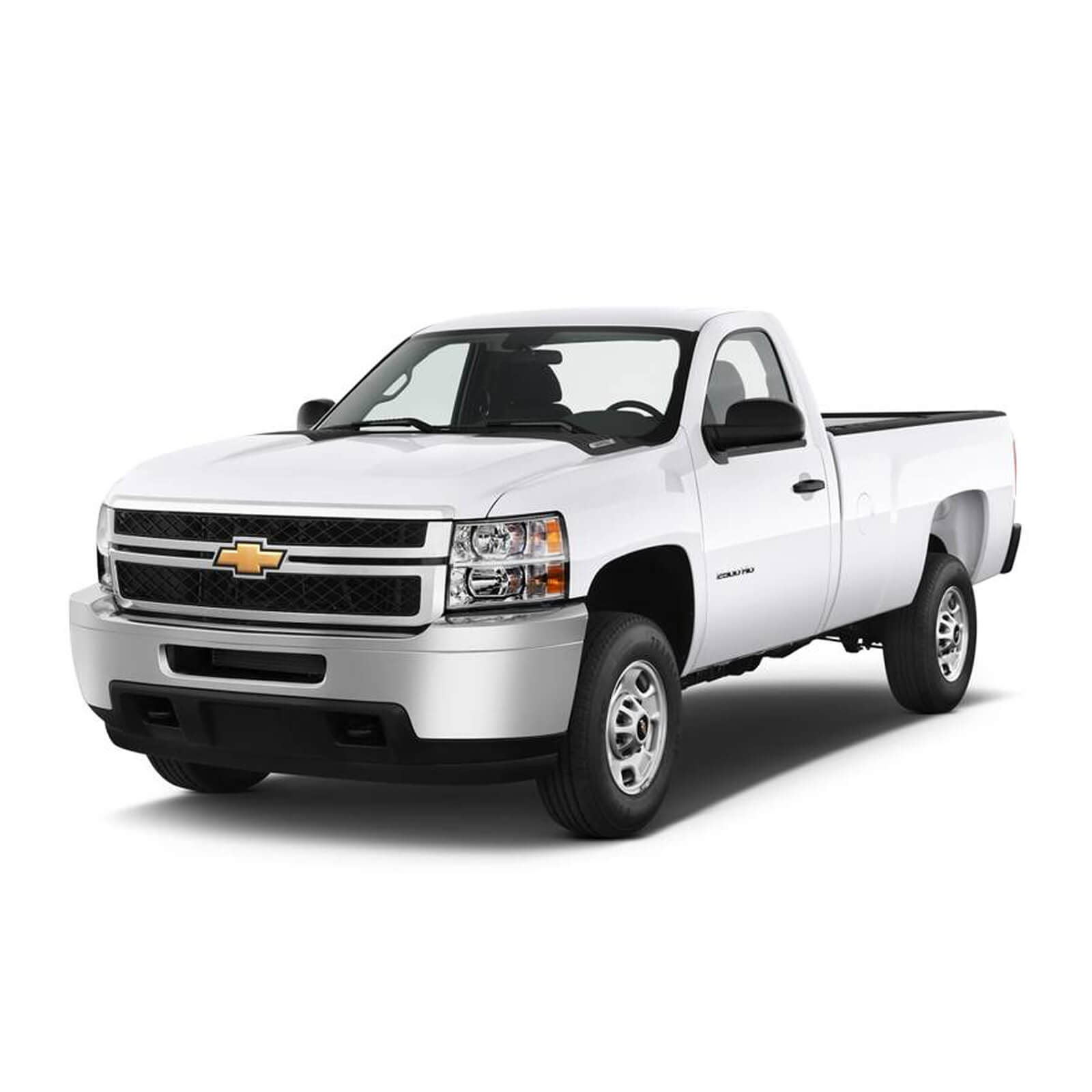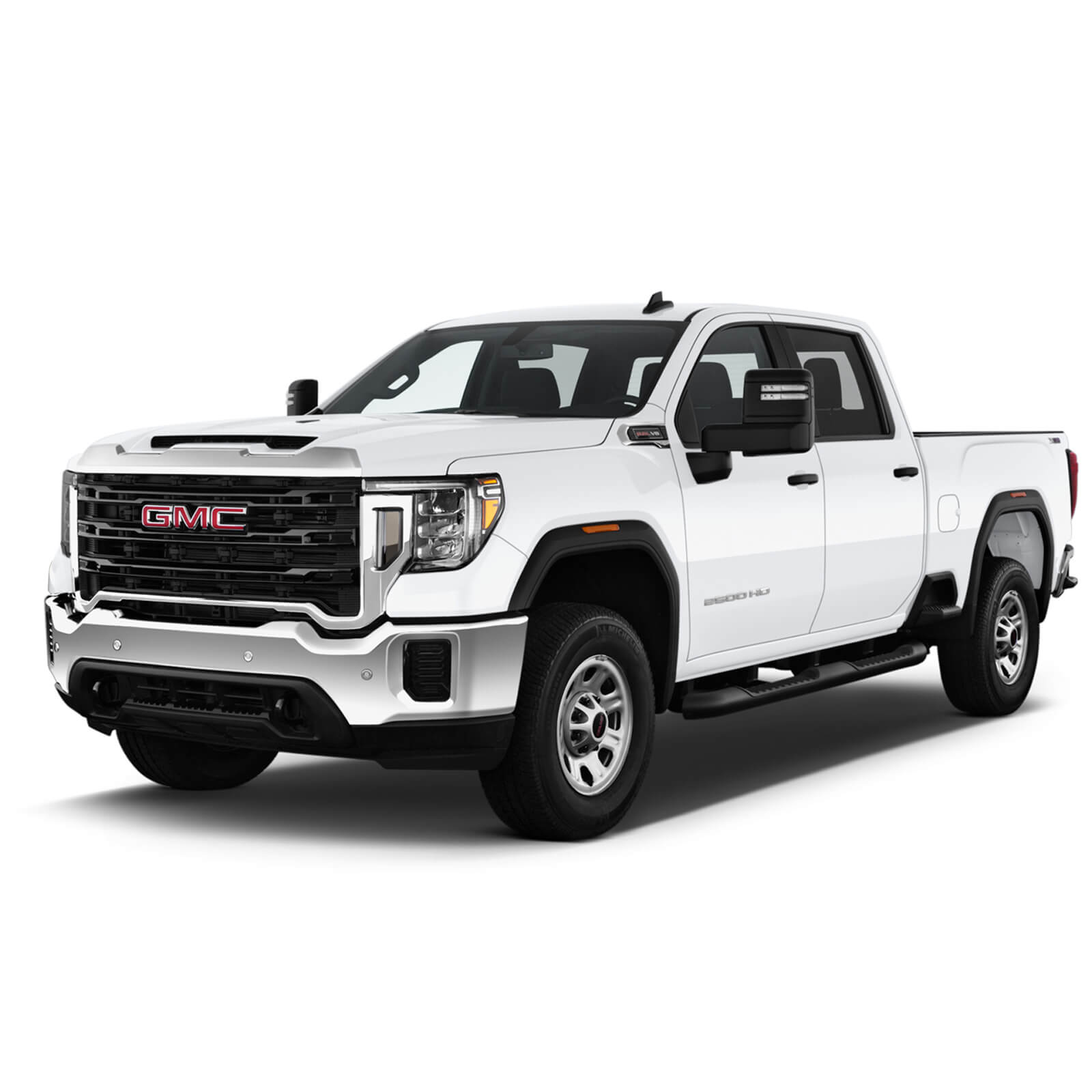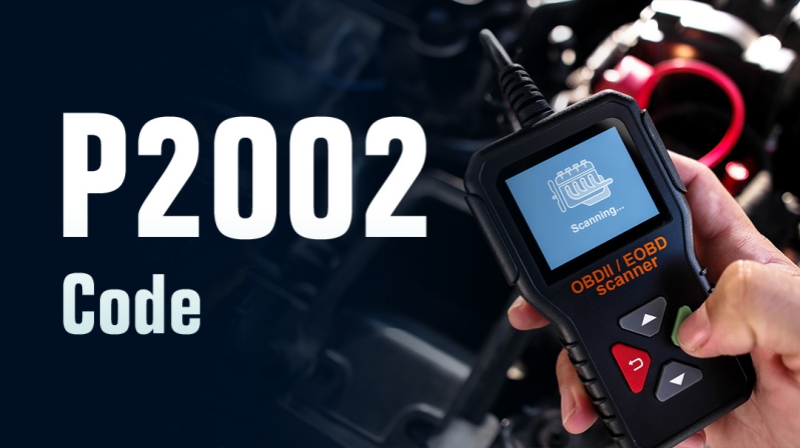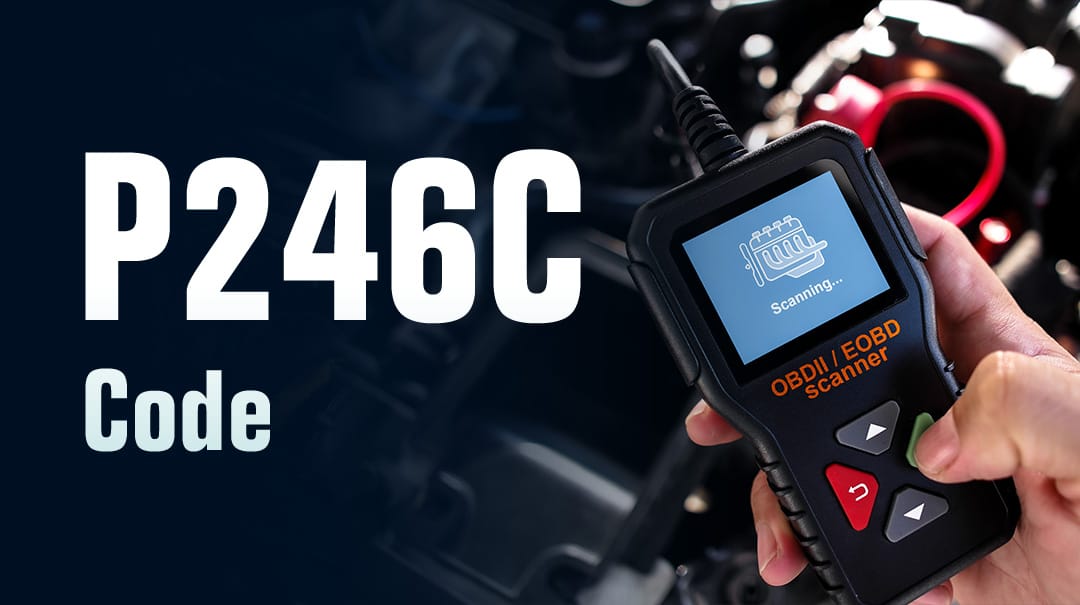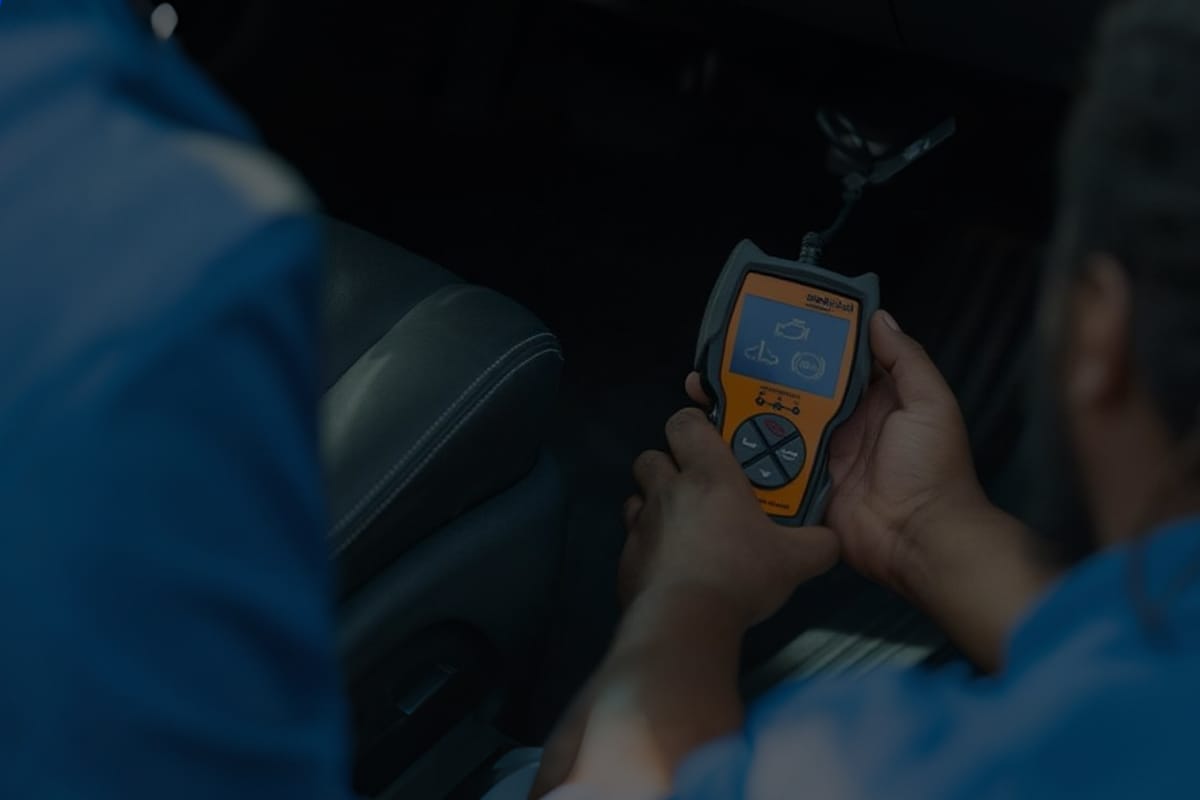Have you ever been driving along and noticed another driver flashing their headlights at you? You may have wondered what the meaning of this gesture is, or if it even has a meaning at all. It turns out that flashing headlights is used for a variety of reasons on the roads today, from warning other drivers about road conditions to simply saying hello. In this article, we'll explore what different types of headlight flashes actually mean and and see if this is legal.
What Does Flashing Headlights Mean?
There are a few common reasons for this roadway communication. Let's take a look at what those flashing headlights may mean.
Warning of Speed Traps or Police
One of the most frequent reasons for flashing headlights is to warn other drivers of a speed trap or police officer ahead. By flashing oncoming traffic, drivers can signal each other about the need to slow down and obey the speed limit. This helps prevent tickets and ensures everyone gets to their destination safely.
Alerting of Roadway Danger
Sometimes headlights are flashed to alert other drivers of potential danger on the road like animals, debris, or a traffic accident ahead. The flashing lights serve as a caution to be extra alert and careful as you continue driving. Slowing down and proceeding with care is recommended when you see warning flashes from other vehicles.
A Reminder to Check Headlights
If an oncoming traffic has their high beams on, blinding you with the bright lights, a quick flash of your headlights can be a polite request for them to dim their high beams.
We've all forgotten to turn on our lights at some point. Sometimes another driver will get your attention with a flash of their headlights. Take it as a helpful signal to flick on your forgotten headlights right away. Also read: When to Use Your High Beam Headlights?
We've all forgotten to turn on our lights at some point. Sometimes another driver will get your attention with a flash of their headlights. Take it as a helpful signal to flick on your forgotten headlights right away. Also read: When to Use Your High Beam Headlights?
Signaling a Lane Change
When you want to turn a turn with the turn signals on but merging proves difficult, help arrives in flashing headlights. A quick flash from behind may tell you "space ahead, come on over!". It’s called the “Flash to Pass” feature. Judgment of distance not always easy, the flash allows safe passage especially useful for large vehicles lacking visibility.
A Friendly Greeting
Sometimes headlight flashes are simply a way for drivers to greet each other in passing. Truckers, bikers, and sports car enthusiasts in particular are prone to flashing a quick greeting to others on the road. A short flash of the headlights accompanied by a wave says "Hello, nice to see a fellow road enthusiast today!" No need to flash back, just take the gesture as a friendly "Hello!" and continue enjoying your drive.
Whether reminding you your lights are off or requesting you dim high beams, a flash of headlights prompts caution. You may need to slow down and review your driving to ensure all is legal and safe.

Is Flashing Your Lights Illegal?
We have learned that flashing your headlights is a common way for drivers to communicate with each other on the road. But is it legal? Can you flash your headlights to warn of police? Is it a crime to flash your high beams?
Quick facts:
- There are federal guidelines limiting headlight use to illuminating the road. But enforcement is limited.
- The Supreme Court has protected headlight flashing as free speech. So broad bans likely violate rights.
- This conflict creates legal ambiguity that depends on jurisdiction. Drivers should follow their state's rules. But also know that judicial precedent and moral reasoning uphold the responsible practice of this time-honored roadway custom. When in doubt, put safety first -- but also respect civil liberties and the practical need for communication between motorists.
- The Supreme Court has protected headlight flashing as free speech. So broad bans likely violate rights.
- This conflict creates legal ambiguity that depends on jurisdiction. Drivers should follow their state's rules. But also know that judicial precedent and moral reasoning uphold the responsible practice of this time-honored roadway custom. When in doubt, put safety first -- but also respect civil liberties and the practical need for communication between motorists.
According to federal safety standards, headlights are only meant to illuminate the road ahead, not for communication. So technically, flashing headlights for reasons other than improving forward visibility violates these regulations. However, enforcement is typically limited to cases of disruption or hazard.
However, the Supreme Court has ruled that headlight flashing constitutes symbolic expression protected by the First Amendment. In Spence v. Washington, the court established that flashing headlights qualifies as free speech. So state or local bans on headlight flashing could be seen as unconstitutional under this precedent.
It seems there is legal ambiguity here due to the contrast between the federal regulatory standards and the Supreme Court's broad protection of expression. Drivers should be aware of the relevant regulations in their state. But as a legal and civic matter of principle, the ability to briefly flash one's headlights has been deemed an important liberty -- as long as exercised responsibly, with safety in mind foremost.
State Laws Vary
Laws regarding headlight use and flashing vary in each state. Some states prohibit flashing headlights altogether, except as a means to indicate you are giving up the right of way or signaling turning. Most states restrict flashing headlights that could be disruptive to other drivers or in places where it may interfere with traffic control devices. A few states have laws specifically prohibiting flashing to warn other drivers of speed traps. But in many states, a quick flash to warn others of a road hazard or request dimming high beams is tolerated.
Penalties If Caught
If caught illegally flashing your headlights, penalties can include traffic tickets, fines, and even license suspension in some cases. The penalty typically depends on how disruptively or dangerously you were flashing your lights. In most places, a single quick flash to signal dimming high beams or warn of traffic issues will just result in a warning, if even that. But repeatedly or aggressively flashing your lights could lead to traffic tickets for improper use of headlights or similar charges.
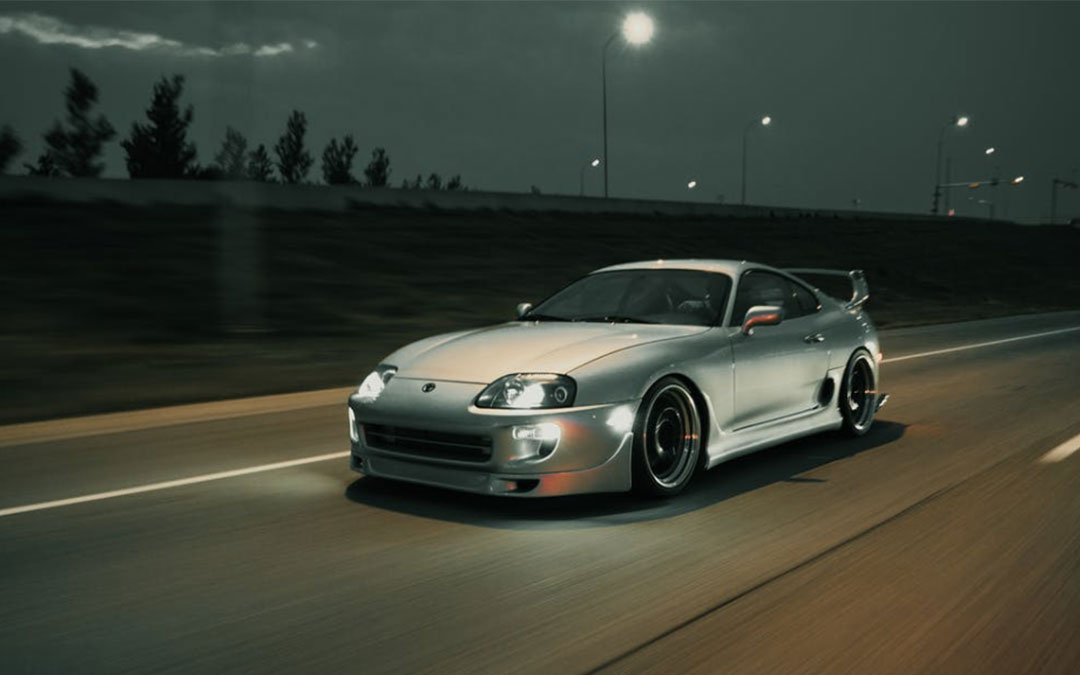
How To Flash Car Lights
If you want to flash your headlights for any reason mentioned above but you are not sure how to do it, here’s a quick guide for you.
Locate the light signal. Simply check the opposite side of your turn signal light (near the steering wheel) and you will find the light signal.
Turning on. Different vehicles have different ways to turn these lights on but usually, you need to turn the dial on your light signal in a counterclockwise or clockwise motion.
Pull or Push. Most vehicles require you to pull the signal towards you in order to make the headlights brighter. However, if the pull doesn't work, then you might try pushing the same.
Make it normal again. If you can simply bring the signal's position back to the start in order to bring the brightness to normal again.
You can simply continue to pull and push as much as you want to flash the headlights. Although it is recommended to practice this in a parking area so that you don’t get distracted by the flashing practice while driving the vehicle on a highway or road.
More tips on headlights flashing:
- Ensure they're aimed properly. If you want to flash your headlights, make sure your headlights are aimed properly and not blinding oncoming traffic. Headlights angled too high blind others even with quick flash.
- Flash once, briefly. A rapid on-off, about half a second, is clear while limiting distraction.
- Avoid confusion. Don't flash in a pattern resembling turn signals or emergency flashers.
- Only flash for good reason like warning of road hazard, police, merging or high beam signal. Flashing without cause annoys and distracts other drivers.
FAQs About Flashing Headlights
Q1: Why do cars flash their lights at you from behind?
It can mean that they are asking you to either speed up, or give them the way, or the driver wants your attention. Mostly, this happens when someone wants to overtake your vehicle.
Q2: What does it mean when someone flashes their lights at you 3 times?
It is a warning signal used to let you know that there is danger ahead and you should proceed with caution. It could be an accident, road hazards, or animals crossing the road.
Q3: Is it illegal to flash your headlights to give way?
It can be considered an offense if your flashing leads to an accident. Only flash headlights when you are on a highway or you want other drivers to know your presence on the road.
Alternatives to Flashing Headlights
Flashing your brights is not the only or necessarily the best way to signal other drivers. There are several effective alternatives to consider:
Turn on your directional signals well before any turn or lane change. Directional signals clearly convey your intentions to others on the road, giving them ample time to respond accordingly. Using your signals every time is a habit that leads to safe driving.
A light tap of the horn can also alert distracted drivers, but avoid overusing it. A quick beep may tell someone the light has changed or that it’s safe to merge in front, but excessive honking only adds stress and distraction for all. Use your horn judiciously and briefly.
Activate your hazard lights if warning others about dangerous road conditions or slowing traffic ahead. Hazards signal “Caution!” so others can take appropriate action, but only use them when genuinely warranted, not casually. Save hazard lights for actual road hazards to convey important warnings.
The key is using the right tool for the specific message, while also avoiding overuse of any one mechanism. Balance effectively signaling your intentions, with also limiting distraction and annoyance for other drivers. Choose wisely based on the situation, limit use to when genuinely helpful, and be courteous of the impacts on those around you.
Driving is a cooperative act. By using your communication tools considerately and not defaulting unnecessarily to high beams alone, we make the road a safer and more pleasant place for all. Safe travels to you!
Conclusion
I hope this article helped you to understand what does flashing headlights mean and why drivers use them. Also, why you should avoid using them on the road as it can cause safety issues for other drivers.
If you are looking forward to replacing or buying new headlights, SuncentAuto is a great place for you. Here, we carry a wide range of LED headlight bulbs at a great price.
Furthermore, you can choose from a wide range of products that will leave you with many options and also, an advanced filter that makes your search easy.





















